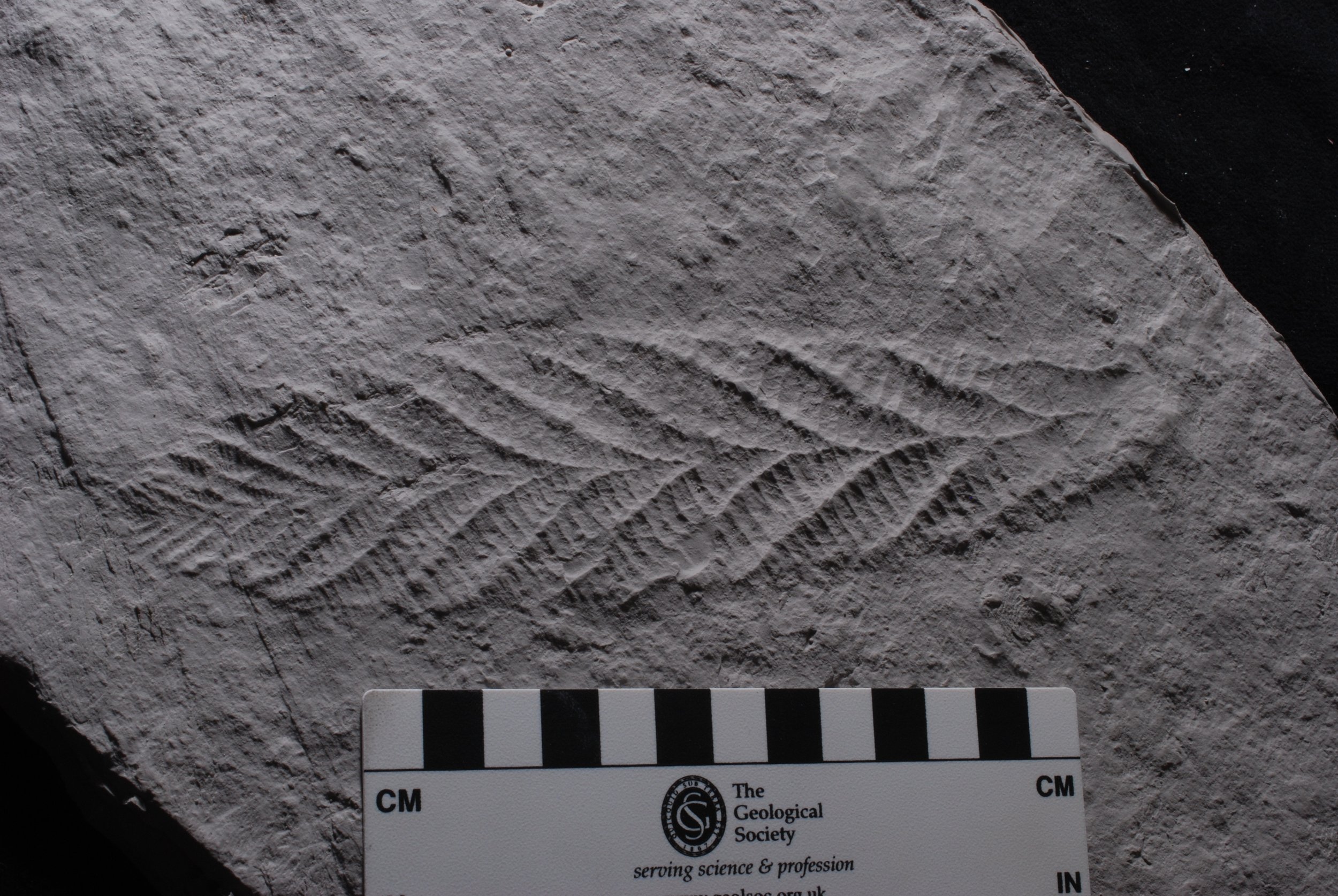
Current Research Programs
The Ediacara biota
The Precambrian-Cambrian transition is an enigmatic time in Earth history that witnessed the origination of the earliest complex life. These ecosystems ultimately laid the foundation for the modern animal dominated biosphere. While the Cambrian Explosion records the radiation of iconic arthropods and other animal phyla still present today, its fuse is tens of millions of years earlier in the appearance of the “Ediacara biota.” These bizarre-looking fossils of soft-bodied life represent the earliest macroscopic ecosystems, and increasing evidence suggests they played a pivotal role in setting the stage for subsequent life. My research is heavily focused on discerning how these organisms interacted with their environments, why individual species coexisted, documenting when key behaviors first evolved.
Life in moving fluids
Life on Earth is found in fluids, regardless of whether that is air, water, or even inside other organisms. Inherently, this means that individual organisms have adapted to living in different fluid environments, and understanding how an organism interacts with its fluid medium from a physics perspective can provide meaningful biologic information. While engineers, physicists, and biologists have a rich history of using fluid physics to understand the world around them, this style of thinking has been underutilized when focused on extinct life. My research is focused on how fluids exert physical controls on past and present biological systems, and how modern and ancient life may have developed to take advantage of life in moving fluids.
